| Since moving to East Sussex a few years ago, I’ve often looked out across the water from Hastings towards the distant twinkle of Eastbourne and thought, “I wonder if I could walk there in a day?” Today, as a hazy blue sky blurs into the horizon behind Hastings Pier, I aim find out! We're going to walk as far as we can (or as far as we can be bothered), hopefully all the way to Eastbourne Pier. It’s the kind of weather these old seaside towns are designed to be viewed in. Even the most run-down buildings with their peeling yellowed paint look happy and mediterranean. We pass the ocean liner inspired art deco Marine Court (which was the tallest block of flats in the country when it was built in 1937) and dip down onto the beach at just the right point to find Banksy’s “Tesco” stencil behind its plastic sheet. After Grosvenor Gardens, the houses give way to brightly coloured beach boxes. We weave between them, deciding which one we’d like to own. Dog walkers are out in force, but the canine hordes haven’t deterred the birdlife: as well as the usual herring and black-headed gulls, we see dozens of busy little turnstones (more interested in turning the De La Warr’s lawn than the stones on the beach) and a small falcon riding the wind over Galley Hill. Our most unlikely sighting comes later in the day when we find a pheasant strutting up and down the beach around a ragged Martello tower at Sovereign Harbour. At the tail end of Bexhill, we stick to the shingle. Everyone seems to ignore the various signs about this or that section being private beach. If it’s all private, I wonder where the all-England coastal path will run when it finally makes it to East Sussex? We approach Cooden Beach, hopping over the sea-weathered wooden groynes, and notice an excavator and several trucks on the shore. This is part of our never-ending dialogue with nature: every year, the sea slowly moves tonnes of shingle and sand eastwards along the shore, and every year humans and our machines pick it up and move it back so the beach doesn’t disappear. We follow the road for a time, curving inland through the levels around the sluice. Behind the sea defences, out of the wind, the air is still and quiet. Sheep and cows chew lazily at us over fences. It could almost be summer - it’s only wanting for ten degrees and some leaves on the trees. |
| After a quick lunch at The Star Inn, we head back out to Normans Bay and the pebbly beach. It’s slow, noisy progress along the stones. My ankles start to feel like I’m being rattled by a jackhammer and it’s impossible to maintain a conversation over our crunching footsteps. We keep an eye out for Martello towers, instead. Seventy-four of these big, near-conical fortresses were built along the coast between Folkestone in Kent and Seaford in East Sussex in the 19th century (there were 140 built in Britain in total). Of these, only a third remain, with all of the 23 from Pett Level in the east to Normans Bay in the west having been demolished, destroyed or lost to the sea. At Pevensey Bay, we pass little shingle gardens full of lobster pots and driftwood sculptures and, in contrast, a huge, gleaming, white-walled, locked-gated complex that juts arrogantly out into the beach. We disturb a bumblebee and see our first two butterflies of spring. A long line of multi-story apartment blocks looms out of the haze. Being an out of season weekday, there’s hardly a soul to be seen in Sovereign Harbour (apart from that pheasant). The place feels eerily abandoned and the repetitive square lines and blank windows seem to hold echoes of Prora - the huge Nazi-built holiday camp. It’s not the most pleasant thought, and I take it as a sign that it’s time for afternoon tea. We laze around on a big bench at the marina, watching shags diving for food, and stay for a bit longer to see a boat coming in through the lock. There’s no rush - the sun is still out, and our destination is just around the corner. Back on the shoreline once more, Eastbourne finally reveals itself through the thickening haze. The sunlight hangs in silver curtains, producing ever-fainter layers of rooftops, church spires, high-rises and, barely visible, the South Downs. Looking back, there’s no sign of Hastings and only the faintest of smudges to indicate Bexhill - but I know they’re there, and I now I know that yes, I could walk the bay in a day. |
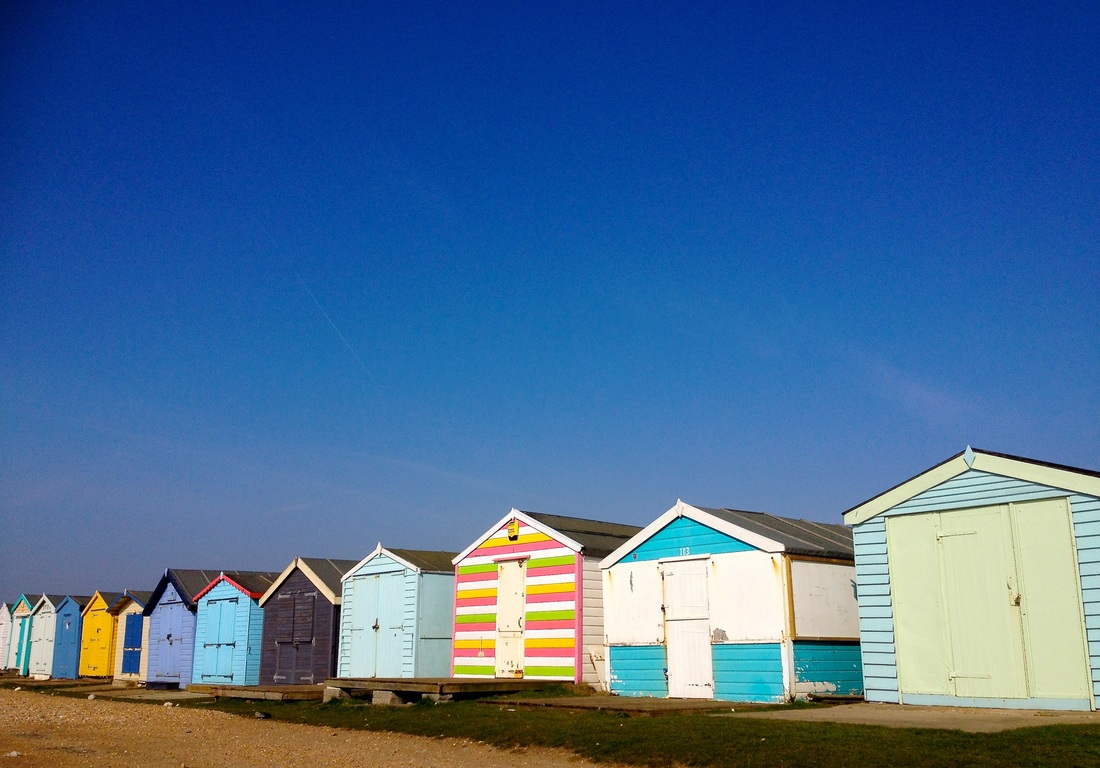
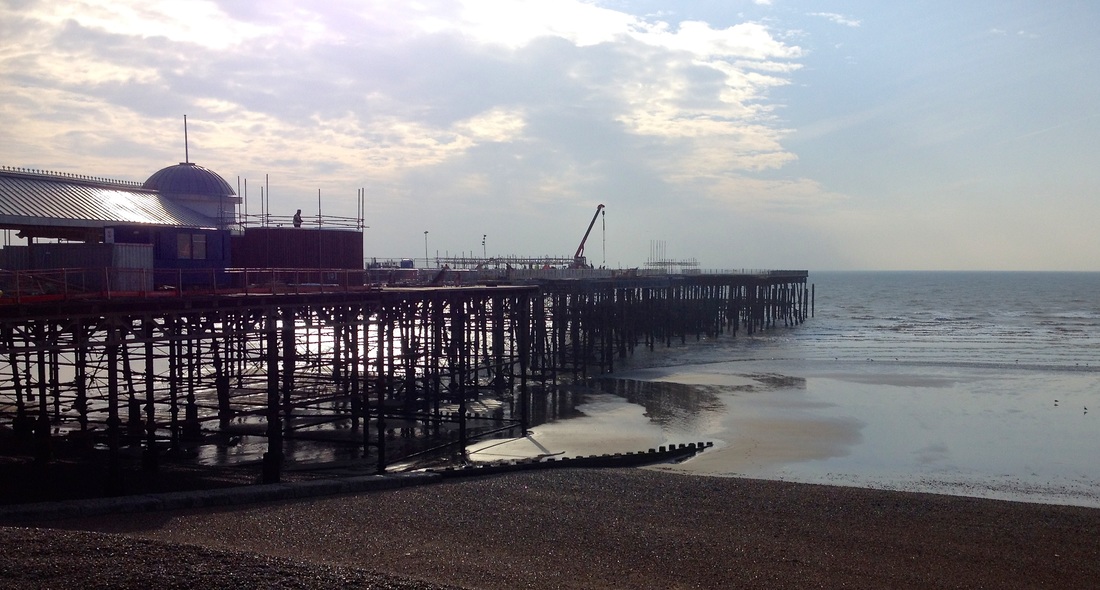
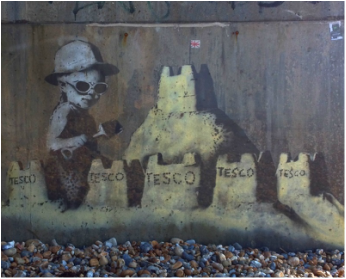
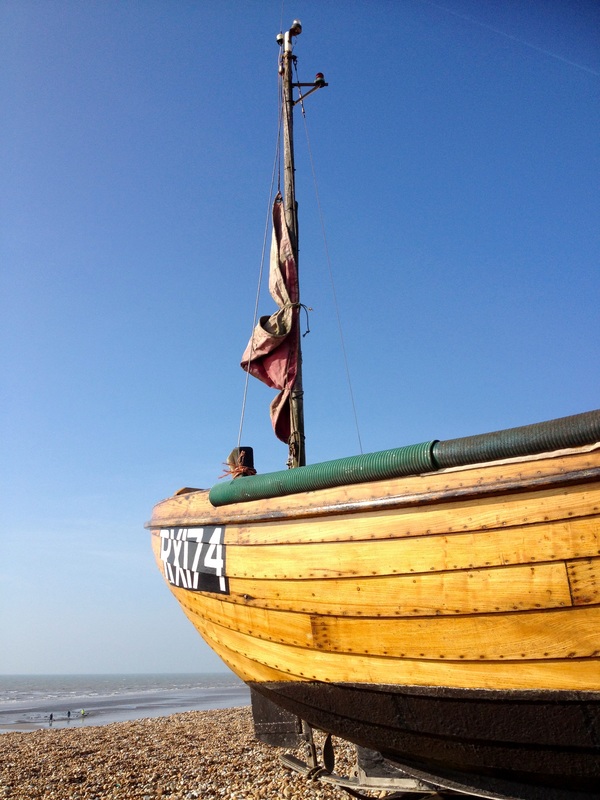
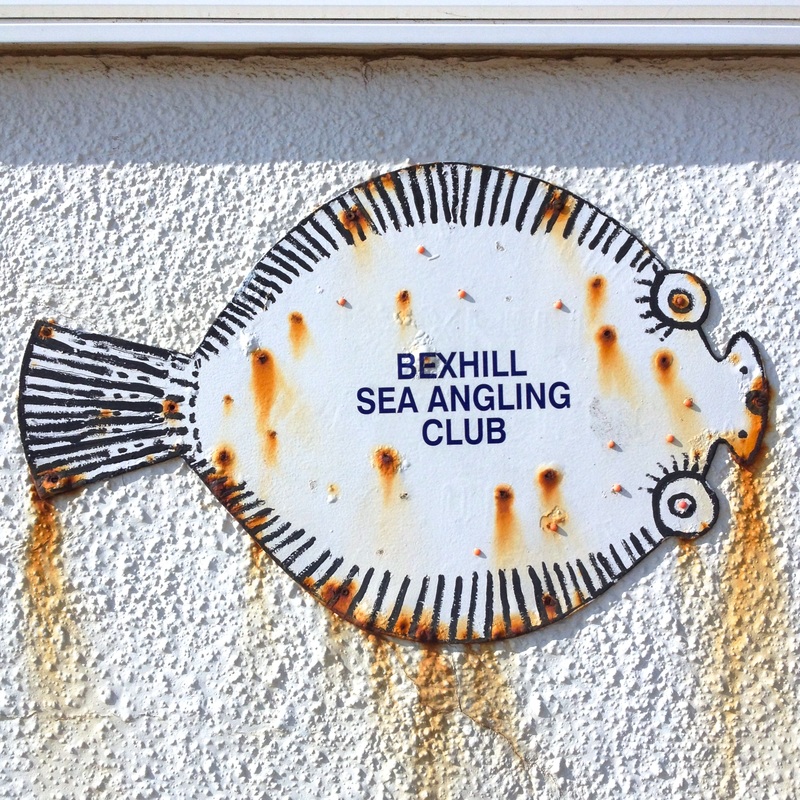
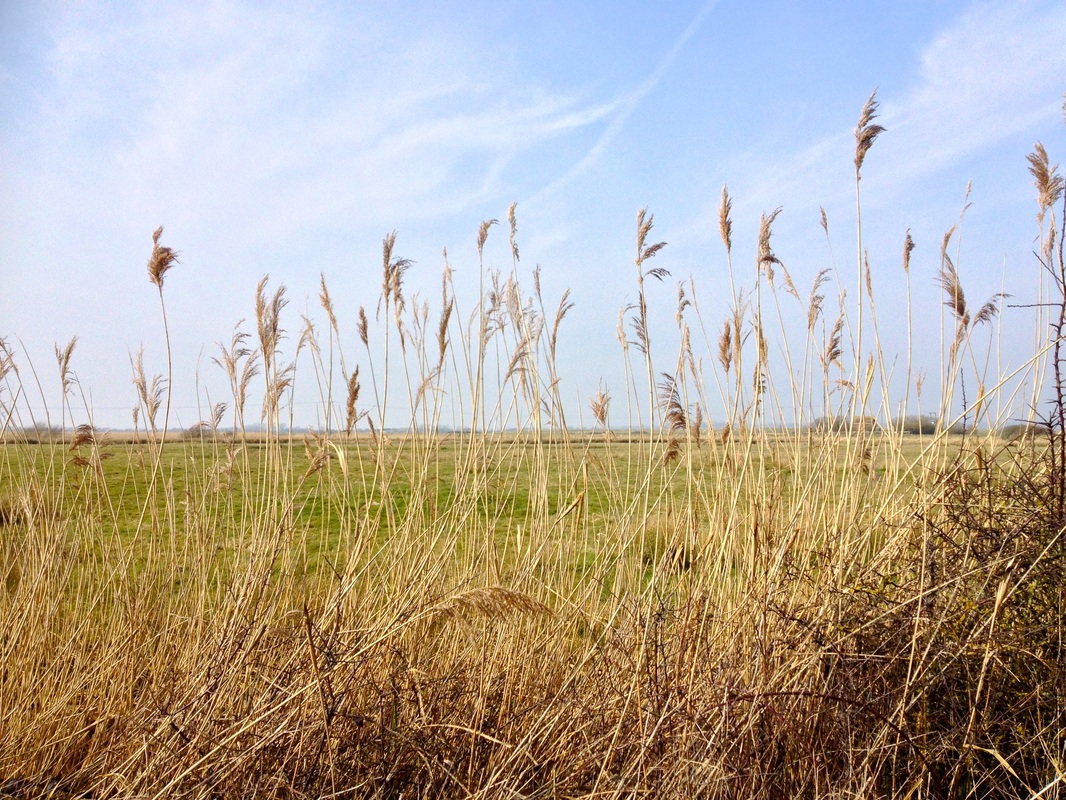
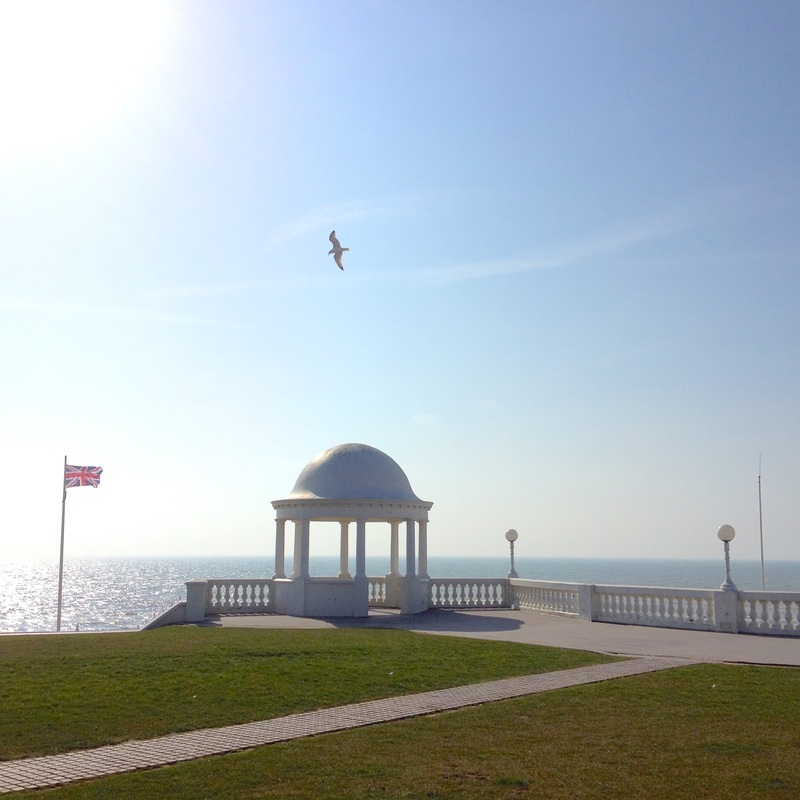
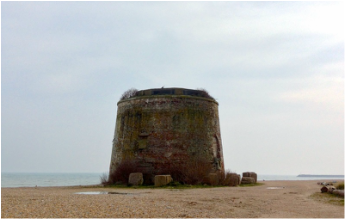
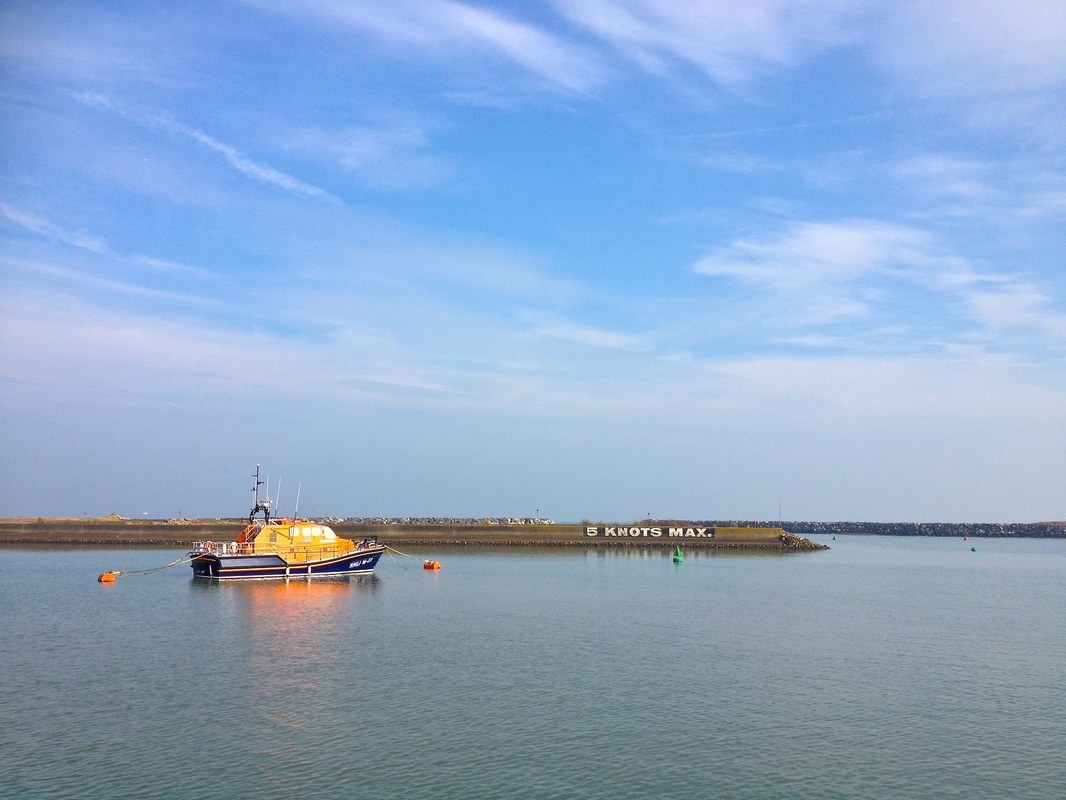
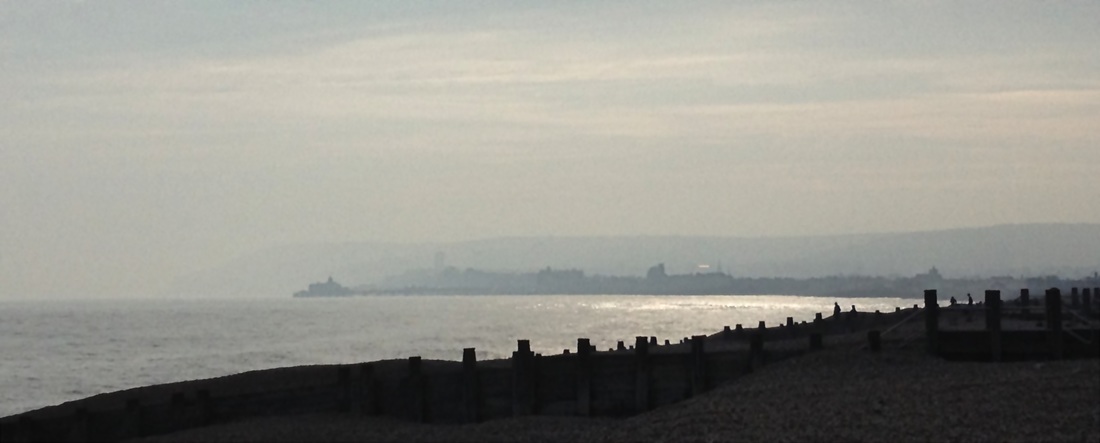
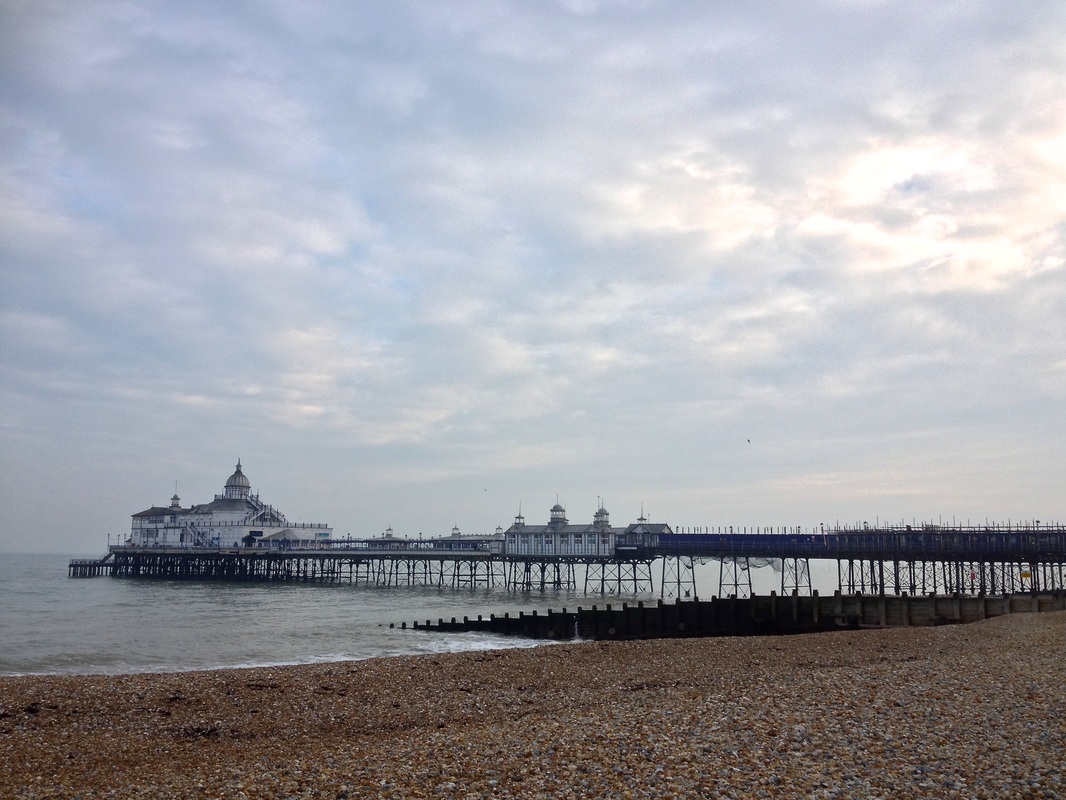
 RSS Feed
RSS Feed
